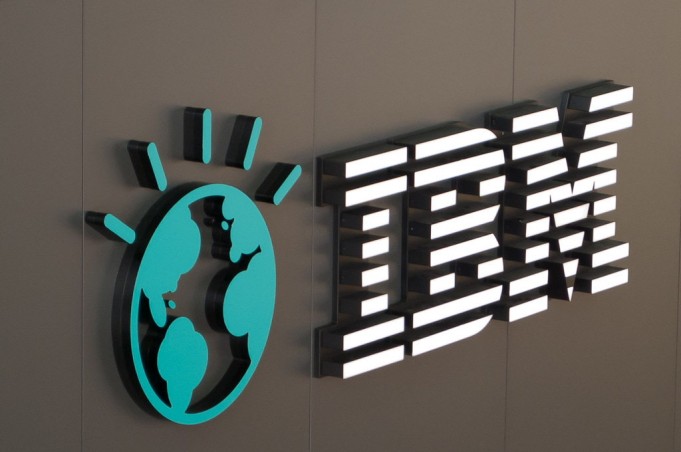Success Story of IBM
IBM is also known as International Business Machines Corporation, and it is a global consultancy and development company. IBM has its roots in the United States and is now one of the world’s largest development organizations. Moreover, IBM has its headquarters in Armonk, New York, USA. Its focus areas are peripheral computer marketing-hardware and software, hosting, and consulting solutions for computers, social and technical attributes. In this article, we are going to discuss the success story of IBM.
History of IBM
The business started in a small village in Endicott, USA, in 1911. It was originally known as CTR—Computing Tabulating Recording company. The merger of three separate firms Tabulating Machine Company, Computing Scale Company, and International Time Recording Company produced the new, high-standing IBM. CTR changed its name in the year 1924, and then it is popularly known as the IBM. Some of IBM’s other impressive and globally-admired inventions include the floppy disk, hard disk drive (HDD), automated teller machine (ATM), Universal Product Code (UPC), magnetic stripe card, artificial intelligence SQL and Watson.
Its former CEO, Thomas J Watson, set out IBM’s instinctive process development style and cohesive organizational culture. From 1914 until 1956, Watson led IBM. Watson laid the firm framework for IBM as one of the largest and most innovative technology companies of its day during his tenure. This a representative of the product and customer services IBM provides. Watson died in 1956, and is remembered as one of the greatest and most popular sellers of those days.
Rising Industries
IBM, with its origins in one of today’s most rising precincts, computers, and IT services and consulting, has transcended some of the other major players. IBM excelled Microsoft in 2011 with a $214 billion closing valuation leaving the business giant at $213.2 billion behind. A year later, IBM purchased Texas Memory Systems to develop its technology department further while increasing the efficiency and quantity of its manufacturing.
IBM has an innovative way of treating employees. It was the first company in the year 1934 to launch community life insurance along with survivor benefits in 1935 and paid leave in 1937. Though controversial, IBM has made sure that based on health insurance and anti-discrimination legislation, its same-sex workers are treated with equality. Human Rights Movement voted for IBM in 2003 because of its trans sex friendliness and anti-discriminatory policies.
The new IBM logo, ‘8 circles’, has been designed by Paul Rand, and was made available in 1972, after the original logo that was published in 1966. IBM is popularly known as ‘Big Blue’ due to the color of the logo, etc.









